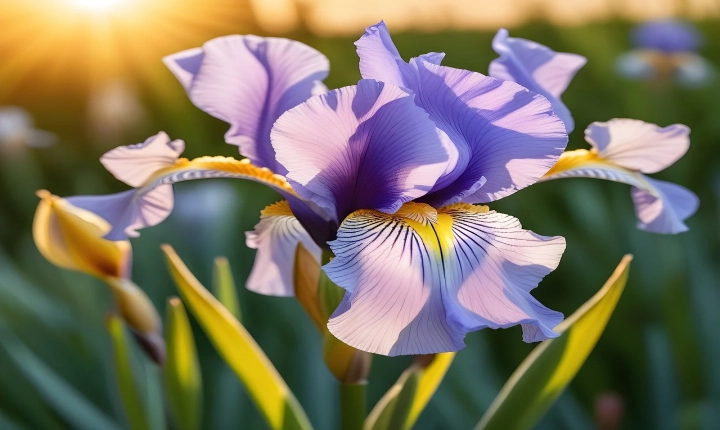Title: How to Ask AI to Paint – A Comprehensive Guide
Artificial intelligence has revolutionized the way we create art, offering new possibilities for creativity and expression. AI-powered painting tools can produce stunning visuals, inspire new ideas, and even help artists overcome creative blocks. Here’s a comprehensive guide on how to ask AI to paint and unleash its full potential.
Choosing the Right AI Painting Tool
Before diving into the world of AI-generated art, it’s essential to choose the right AI painting tool that aligns with your artistic goals and style. There are several options available, each with its unique features and capabilities. From creating abstract compositions to mimicking traditional painting techniques, AI painting tools offer a wide range of possibilities.
Some popular AI painting tools include DeepArt, RunwayML, and Google’s Art & Culture platform, among others. It’s important to explore various options and experiment with different tools to find the one that best suits your needs.
Understanding the Tool’s Capabilities
Once you’ve selected an AI painting tool, take the time to familiarize yourself with its capabilities. Different tools offer different features, such as style transfer, image generation, and color manipulation. Understanding these capabilities will provide you with a deeper understanding of what is possible and how to best utilize the tool to achieve your desired artistic results.
Setting Intentions and Parameters
When asking AI to paint, it’s important to set clear intentions and parameters for the artwork you wish to create. Whether you want to generate a unique piece of abstract art, replicate a famous painting in your own style, or explore a specific color palette, defining your artistic goals will guide the AI in producing the desired outcome.
Providing Source Material and Inspirations
AI painting tools often require source material to generate artwork. This could involve providing reference images, specific painting styles, or color palettes that inspire your vision. By feeding the AI with relevant source material and inspirations, you can guide the artistic process and ensure that the resulting artwork is aligned with your creative intentions.
Experimenting and Iterating
As with any artistic endeavor, experimentation and iteration are key to unlocking the full potential of AI painting tools. Don’t be afraid to explore different settings, adjust parameters, and try out various combinations to see how the AI responds. This process of trial and error can lead to unexpected discoveries and help refine the artistic vision.
Embracing the Unexpected
AI painting tools have the ability to surprise and delight with their unpredictable outputs. Embracing the unexpected and allowing the AI to introduce its own creative interpretations can lead to exciting and unique artistic expressions. Recognizing the AI’s role as a collaborator rather than a mere tool can open up new avenues for creativity and self-expression.
Incorporating AI-Generated Art into Your Practice
Once you’ve asked AI to paint and produced a collection of art, consider how these AI-generated works can enrich your artistic practice. AI-generated art can serve as a starting point for further exploration, providing fresh perspectives and ideas that can be integrated into your traditional artistic process.
The Future of AI in Artistic Expression
As AI continues to advance, its impact on artistic expression will only grow. Embracing AI as a tool for painting can lead to innovative collaborations, new artistic approaches, and a reimagining of what it means to create and appreciate art.
In conclusion, asking AI to paint opens up a world of possibilities for artistic exploration and creativity. By selecting the right AI painting tool, understanding its capabilities, setting intentions, providing source material, experimenting, embracing the unexpected, and incorporating AI-generated art into your practice, you can harness the full potential of AI to produce stunning and inspiring works of art. As AI continues to evolve, its role in artistic expression will undoubtedly become an integral part of the creative landscape.
